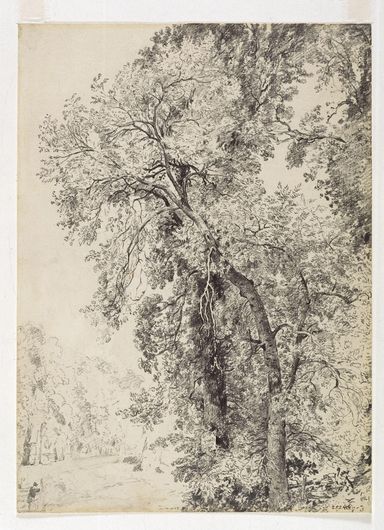Understanding Ash distribution and the emerald ash borer dispersal in Great Britain
Tree species in the UK face a growing threat from pests and diseases, with over 1000 identified threats on the plant-health risk register. Managing these threats becomes challenging, as trees may be affected by one or multiple pests. We investigate the potential invasion and spread of the Emerald Ash Borer (EAB) in ash trees in Great Britain.
To study the EAB spread, we developed a spatially explicit population dynamics model for Great Britain, simulating a conservative scenario of EAB invasion and spread at a 1km scale. Our model incorporates the distribution of ash trees across different land use types, providing a comprehensive view of the potential impact of EAB.
Methodology
Ash host map
We created an ash host map for Great Britain, detailing the percentage and area of ash in different regions and land use categories. Utilizing various data sources, we categorized land use, identified ash tree proportions, and aggregated the information to generate a detailed ash-host map.
EAB Life Cycle
Our model simulates the annual life cycle of EAB, considering beetle populations that emerge as adults in one or two years depending on different factors such as the environment and tree defence mechanisms. From egg-laying to adult emergence, the model accounts for factors influencing population dynamics, such as larval survival, pupation, and emergence.
EAB Spread
After emerging, adult EAB beetles disperse through local, short-range, and longer-range mechanisms, including human-mediated dispersal. The model incorporates stochastic local dispersal (Mercader et al., 2009; Siegert et al. 2014) and estimates long-distance dispersal (Orlova- Bienkowskaja, Bieńkowski and Severtsov, 2018; Ward, Fei and Liebhold, 2020; Webb, Mona and Gilligan, 2021) based on data from EAB dispersal in North America and Russia, respectively, ensuring a comprehensive understanding of EAB spread.
Tree Mortality
Infested trees face mortality based on the density of emerging adults. Published data (Steiner et al., 2019) on percentage mortality were used to establish a linear relationship with emergence hole density.
Detection Strategies
To understand the value of different detection strategies we evaluated four surveillance methods: traps, tree girdling, underbark assessments, and passive surveillance.
We treat passive survey as the ability to detect a tree killed by EAB (at this stage emergence holes are likely to be at high density and therefore at their most obvious). Detecting a killed tree relies on two factors 1) the likelihood of checking the tree and 2) knowledge of EAB symptoms.
A comprehensive stakeholder survey gathered attitudes and management practices related to ash dieback and EAB for 368 ash tree stakeholders.
Evaluating Distance Travelled Before First Detection
Our spatially explicit population dynamics model for the Emerald Ash Borer (EAB) is linked to the different detection strategies enabling the assessment of the distance travelled by the beetle before its initial detection. By simulating EAB spread across different regions and land use types in Great Britain, we can identify areas where the pest may go undetected for an extended period. This information is crucial for enhancing surveillance efforts in high-risk zones, ensuring early intervention and minimising the potential impact on ash trees.
Incorporating socio-epidemiological aspects, our model considers landowner behaviour and decision-making in response to EAB. The stakeholder survey data helps inform the model regarding landowner choices, such as the frequency of tree surveys and knowledge of EAB symptoms. By integrating human factors into the model, we gain a better understanding of how landowner decisions influence the spread and detection of EAB. This socio-epidemiological perspective is valuable for developing communication strategies, outreach programs, and policies that encourage proactive participation from landowners in surveillance and management efforts.
Conclusion
Our research provides valuable insights into the potential distribution and spread of EAB in Great Britain and offers surveillance options for early detection. By considering both ecological and human factors, we aim to empower stakeholders and policymakers to make informed decisions in safeguarding the health of ash trees in Great Britain. As we confront the challenges posed by pests and diseases, a holistic approach becomes crucial for effective and sustainable tree management.

